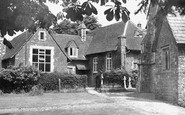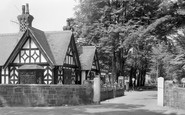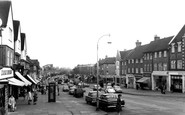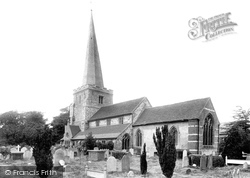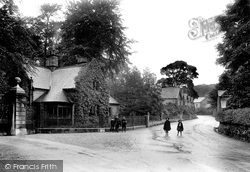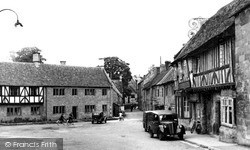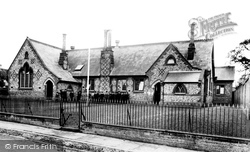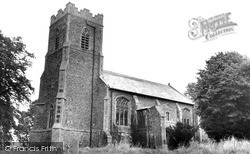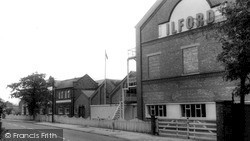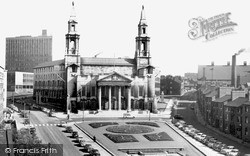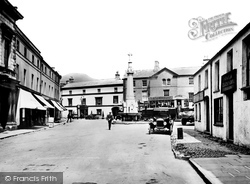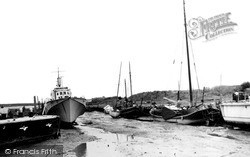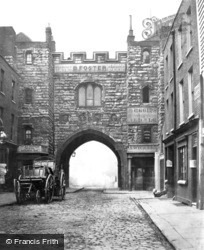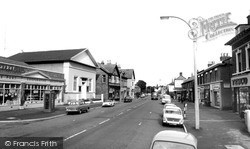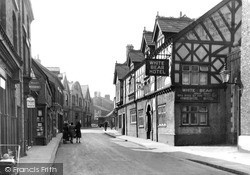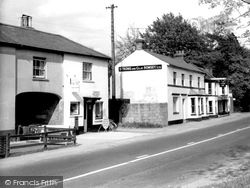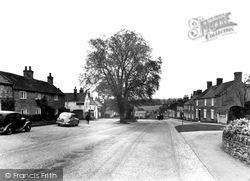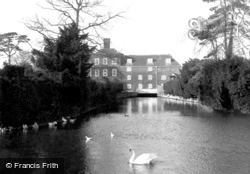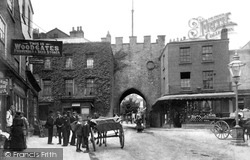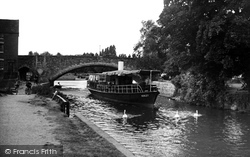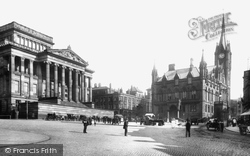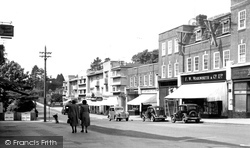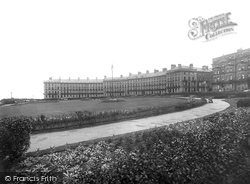Places
Sorry, no places were found that related to your search.
Photos
5 photos found. Showing results 881 to 5.
Maps
83 maps found.
Books
Sorry, no books were found that related to your search.
Memories
1,127 memories found. Showing results 441 to 450.
James Victor Nash
Does anyone please have knowledge of the children of JAMES VICTOR NASH and his wife Ivy (she was Anglo Indian) who lived in GG in the mid 1900's. They had 5 (?) children and I would VERY MUCH like to contact any remaining ...Read more
A memory of Gilfach Goch in 1950 by
Joe Wyche
I remember Joe Wyche very, very well; a very progressive man, and to be frank I owe my success to him. At age thirteen he hauled me into his office to inform me I was lazy and he was going to make me work. In consequence I did work ...Read more
A memory of Poynton in 1956 by
John Parkin 1965 1969
I lived at Links Avenue, West Monkseaton between 1965 and 69. Went to Park Road Junior school next to what was then the cinema, and Spanish City. Ended up at Valley Gardens Secondary Modern. Names I remember from those days ...Read more
A memory of Whitley Bay by
Junior School Days
I went to this school in 1966 when I was 7 years old. I lived just across the road in Milford Lodge, were my mum and dad still live. I remember Mr Pontin being the Headmaster. My mum used to be the cleaner and my dad used to ...Read more
A memory of Milford in 1966
Junior Years 1947 1951
The junior years at Sydney Road School were quite good for me, despite the fact that I was the worst fighter in our year. Before a blow had even touched me I would be crying [talk about Coward of the ...Read more
A memory of Intake in 1951 by
Junior. Leaders
I arrived at Park Hall in October 1970 until May 1973, and much to my amusement left as the top Scottish Junior. It was the beginning of a perfect time and a wonderful life for many years. Those of us who arrived as callow youths ...Read more
A memory of Oswestry in 1970 by
Kilner Family In Hepworth
Hepworth was my home for 50 years, I was born there and my family have been there for eight generations. We were so priveliged to live in such a beautiful country area where we played in the woods and fields. ...Read more
A memory of Hepworth by
Kart Club
Hi there all you Karters. Just sitting here in Queensland, Australia and thought I'd pass on a bit of history regarding The Dunkeswell Kart Club. The club started as an 'offshoot' of The Torbay Motor Club of which I was a member, as ...Read more
A memory of Dunkeswell in 1964 by
Kennards Waddon
Hi On finding your memories pages I simply had to add my own contribution as my memories of Croydon and area are so dear to me. My grandparents lived in Waddon, just off the Purley Way, and I visited regularly on holiday, when my ...Read more
A memory of Croydon by
Kenton 1950's 1960's
I was raised in Kenton from 1954 until I left home in 1971. My visits to Kenton up until 2013 were to visit my elderly Dad, who still resided in Woodcock Hill until his death. The changes over the years have been enormous. Mum and ...Read more
A memory of Kenton
Captions
1,233 captions found. Showing results 1,057 to 1,080.
However, it still manages to retain much of its village atmosphere. Its church is at least 13th-century in origin, though the larger part is later medieval.
Holker is very much an estate village for workers on the estate of the Cavendish family, who have been here since 1756.
It is interesting that the little cars and vans looked so much more friendly in these times: they are not ostentatious, and they leave room for these pedestrians and cyclists to roam carelessly
The British School of 1859, demolished in the late 1960s, was much like the National School, now Andover Primary School (C of E Controlled) which still thrives today in lower East Street.
There is a blocked arch under the window, where a chapel has been demolished. The porch has an unusual extra buttress which here masks some of the decoration over the door.
During the 1880s and 1890s there were about 200 hookers registered locally, and as they rarely spent more than twenty-four hours at sea, much of the town's fresh fish was landed from them.
The buildings by the road have been sold off recently and the land, like so much in Mobberley, is being developed for housing.
The civic hall was designed by E Vincent Harris and opened with much ceremony in 1933, with temporary stands being erected for spectators.
The bus advertising E A Beveridge & Co and the cars are of an earlier vintage, but the buildings still look much the same.
The sailing barges look very much at home bottomed- out on the creek mud.
The photogapher was standing in St John's Lane, which leads under the arch into St John's Square.
Today Little Sutton has become a suburb of the much newer town of Ellesmere Port.
Salt was a very important commodity in the past, so much so that salt ('sal' in Latin) was often used as a means of payment for soldiers in the Roman army - hence our words 'salary' today.
Much of this land is now an industrial estate.
The wide main street of the village of Coxwold has not changed much since the days when Laurence Sterne, the author of Tristram Shandy, was vicar from 1760 until his death in 1768.
The scene has not changed too much today, as the suburban growth of New Sarum has stopped short of the site of its neolithic ancestor.
It could be a sign of the times that Curtis & Co on the corner by the arch no longer sell shoes; the premises are presently occupied by an estate agent.
Abingdon's bridges were built in 1416-17 widened in 1820 and substantially rebuilt in 1927; the wide central arch dates from this rebuild.
At the right we can see the medieval arches of St John's Hospital at ground floor level with the sashes of the former Council Chamber above; the stone external staircase was added in 1958.
It burnt down in 1947, and after much debate, the ruins were cleared away in the early 1960s.
In those days railway companies were forbidden from owning passenger ships without Parliamentary approval, a fact not lost on the LB&SCR's arch-rival the London & South Eastern.
The Heath itself is much reduced, but in places you can still find the early spacious villas where they have not been swept away for blocks of flats.
It was there that he started to write his most famous book, 'Dracula', setting much of it in Whitby. Alas! Before the crescent could be completed Hudson's fame and his money ran out.
The stone-built Gothicky Methodist Chapel of 1835 with its pretty arched windows is next to the old school of 1878, now used by the Moulton Theatre.
Places (0)
Photos (5)
Memories (1127)
Books (0)
Maps (83)

